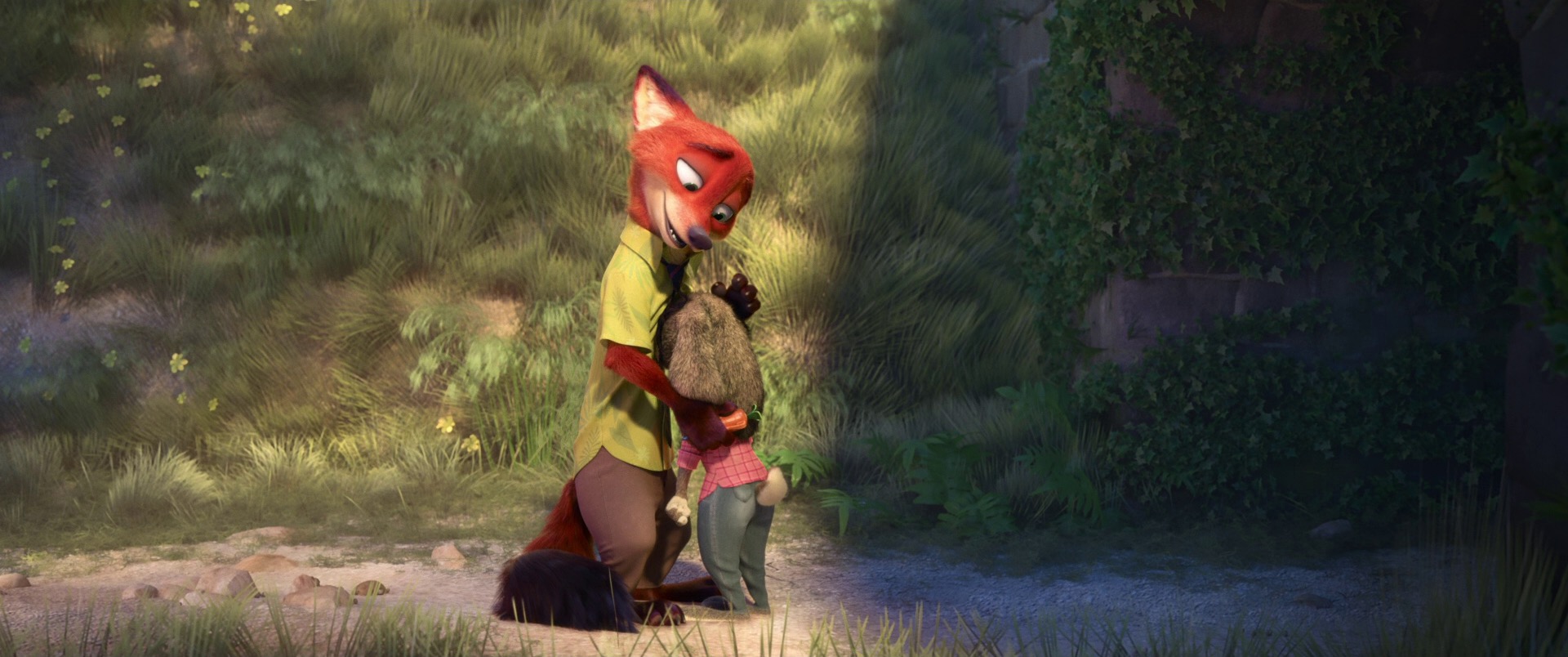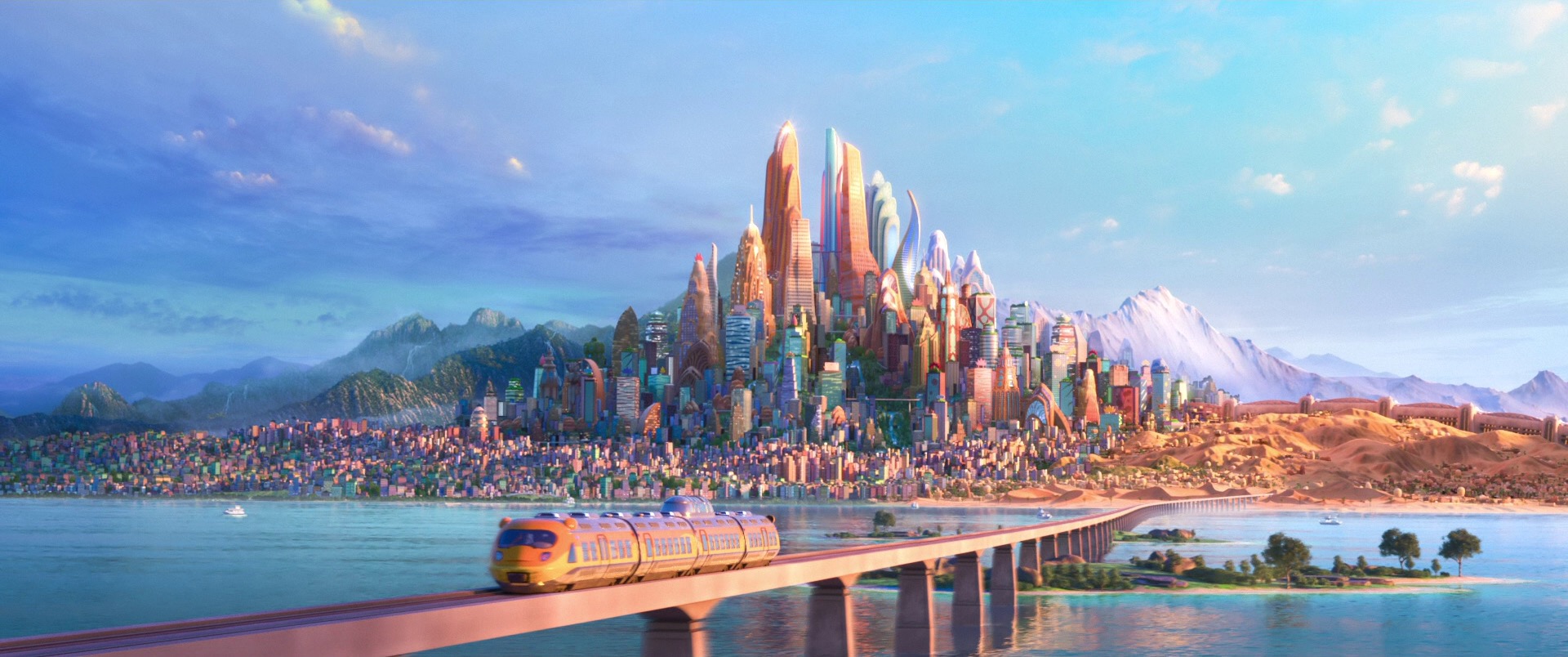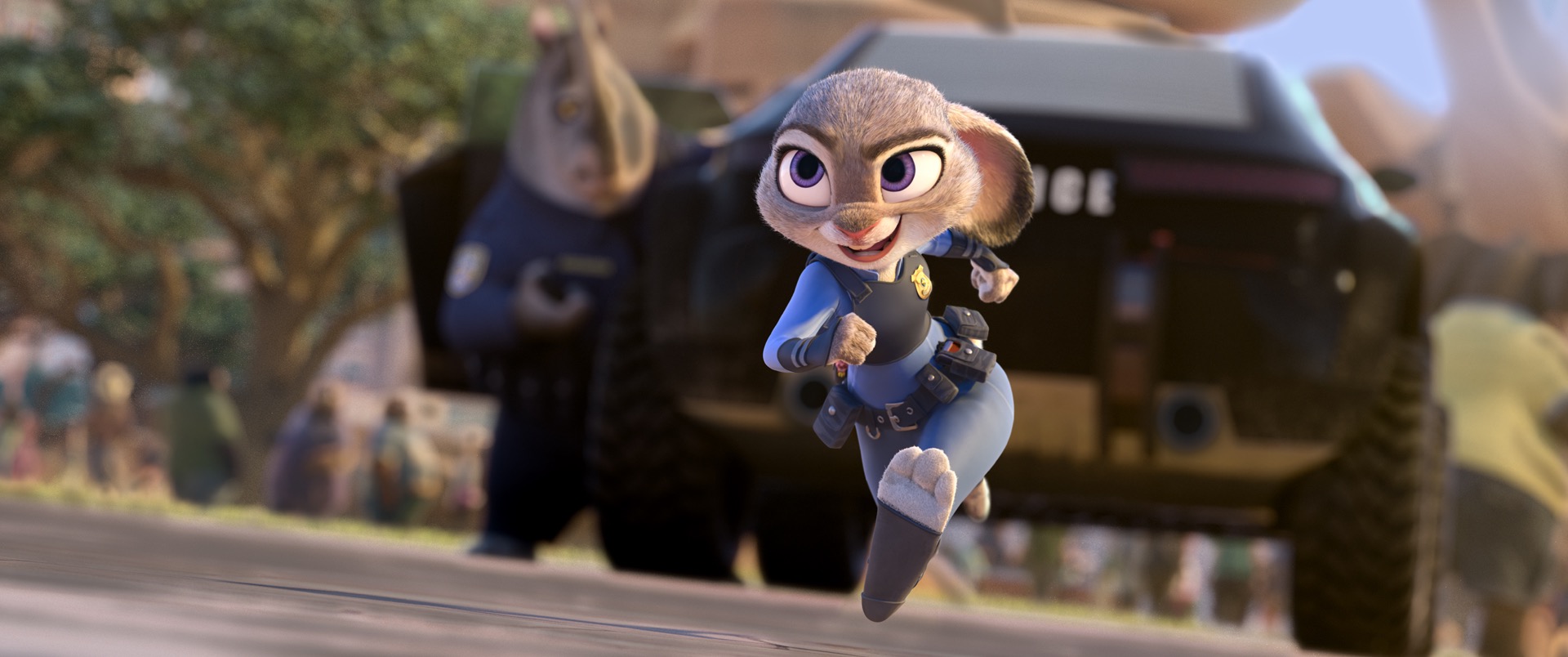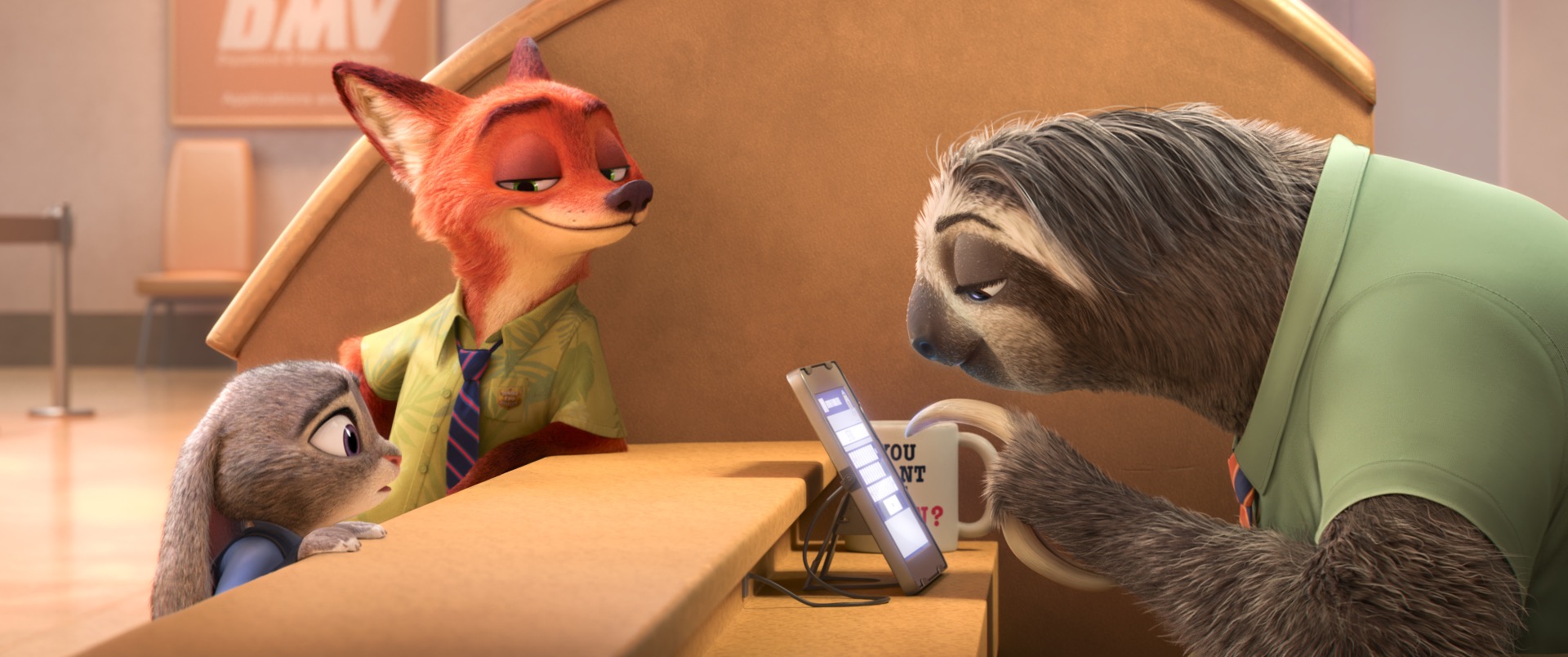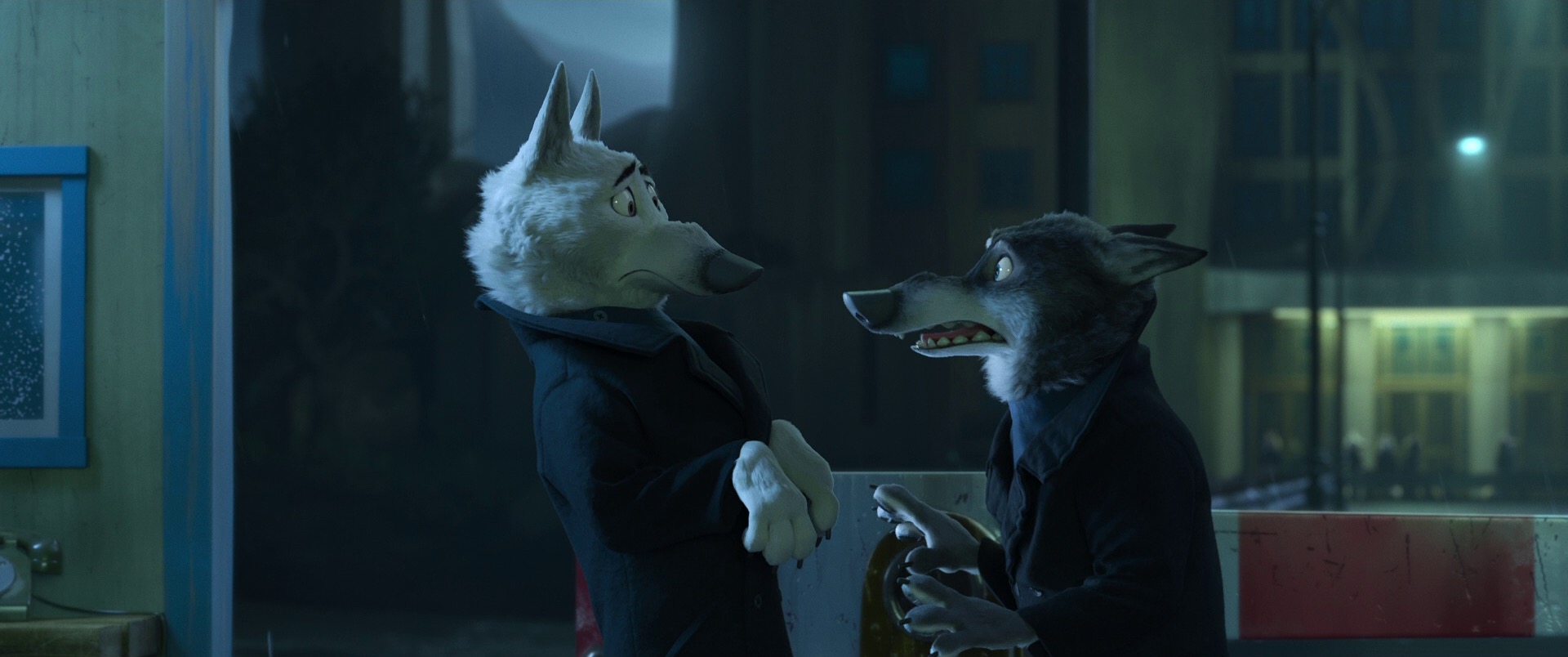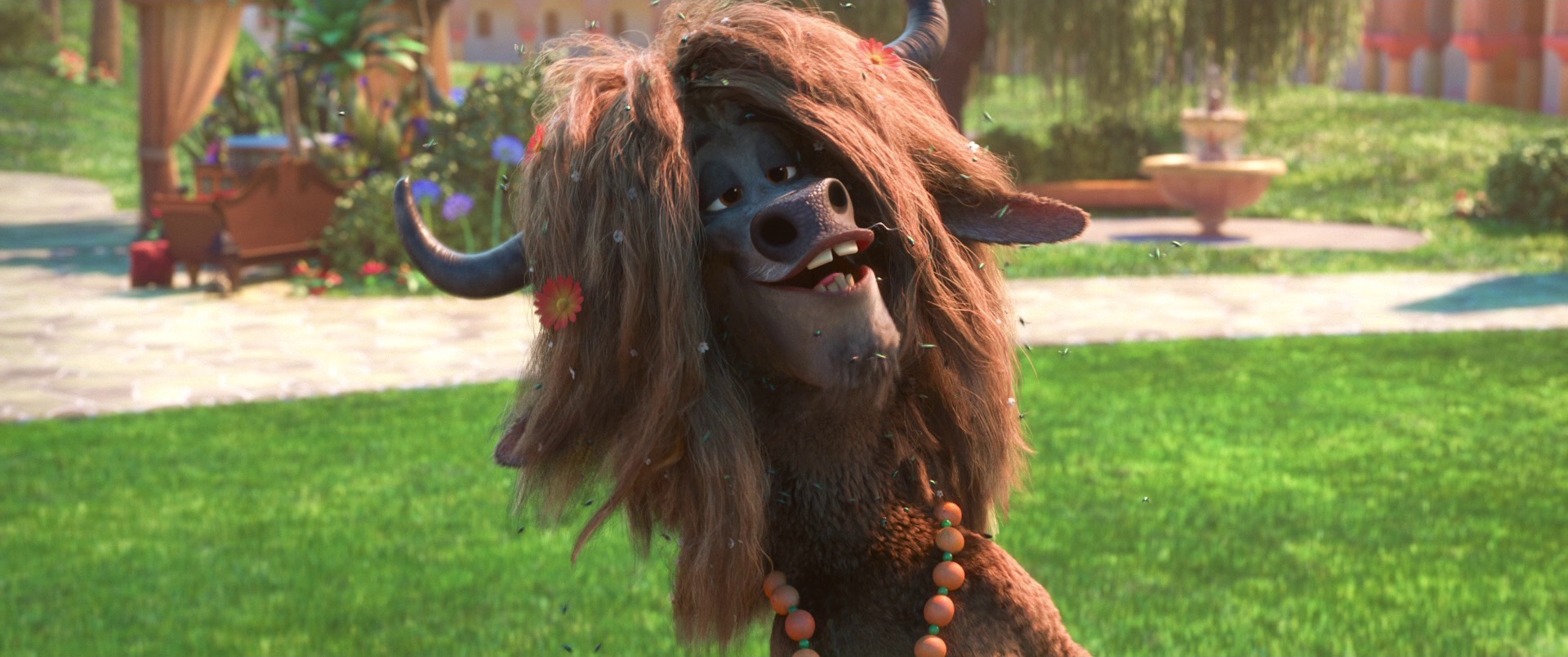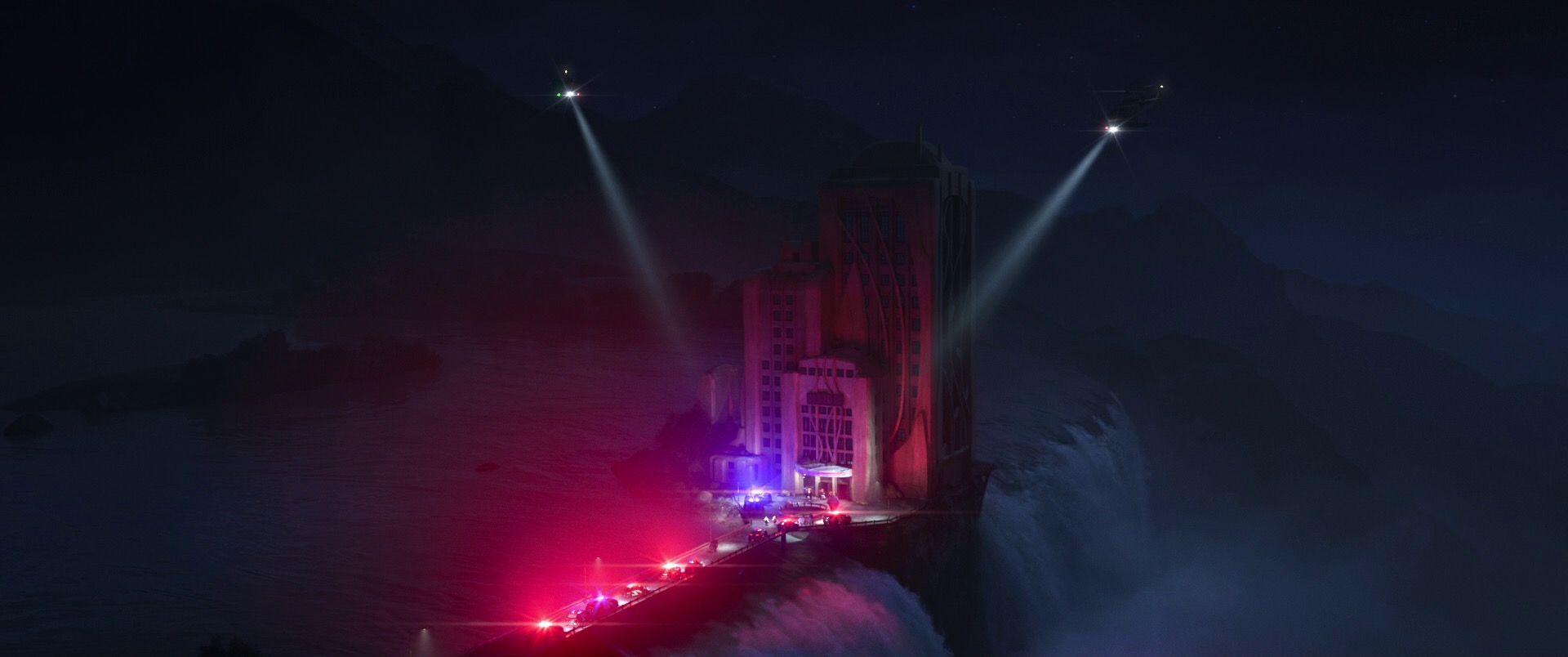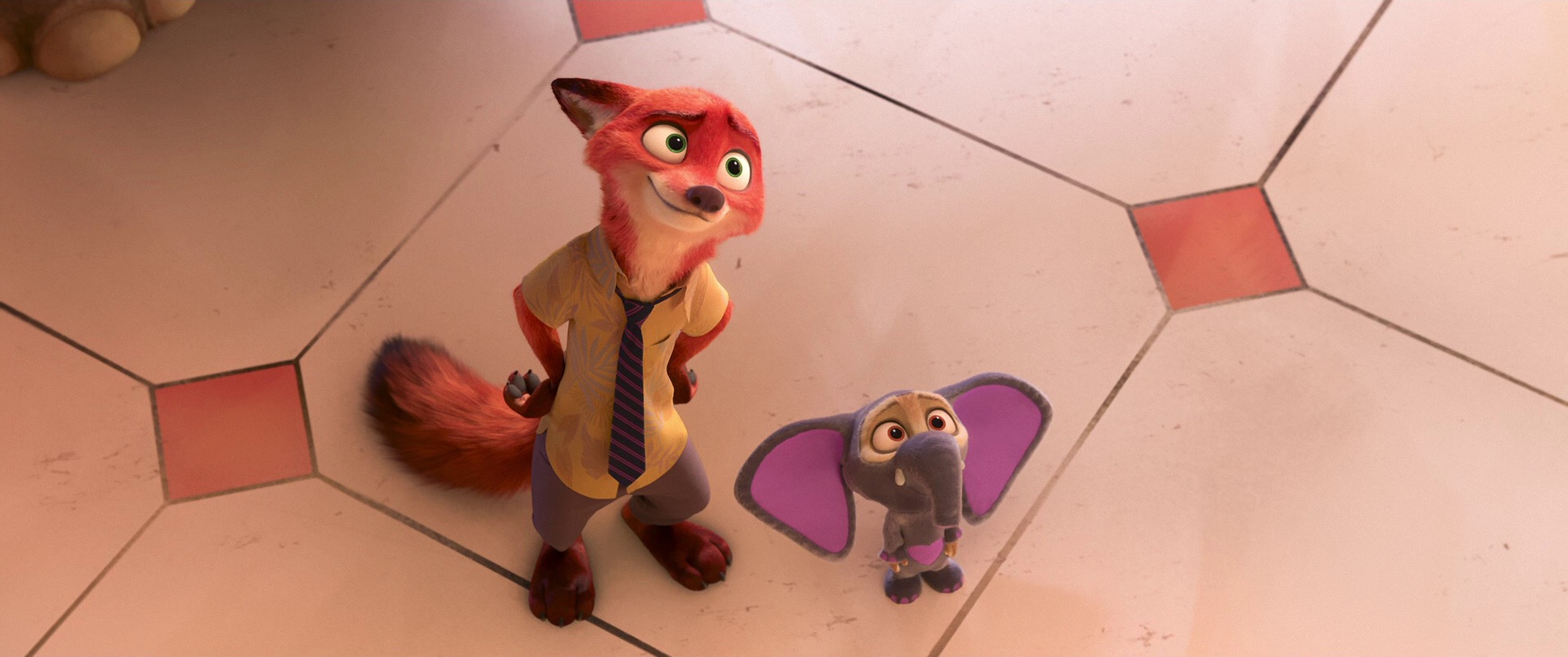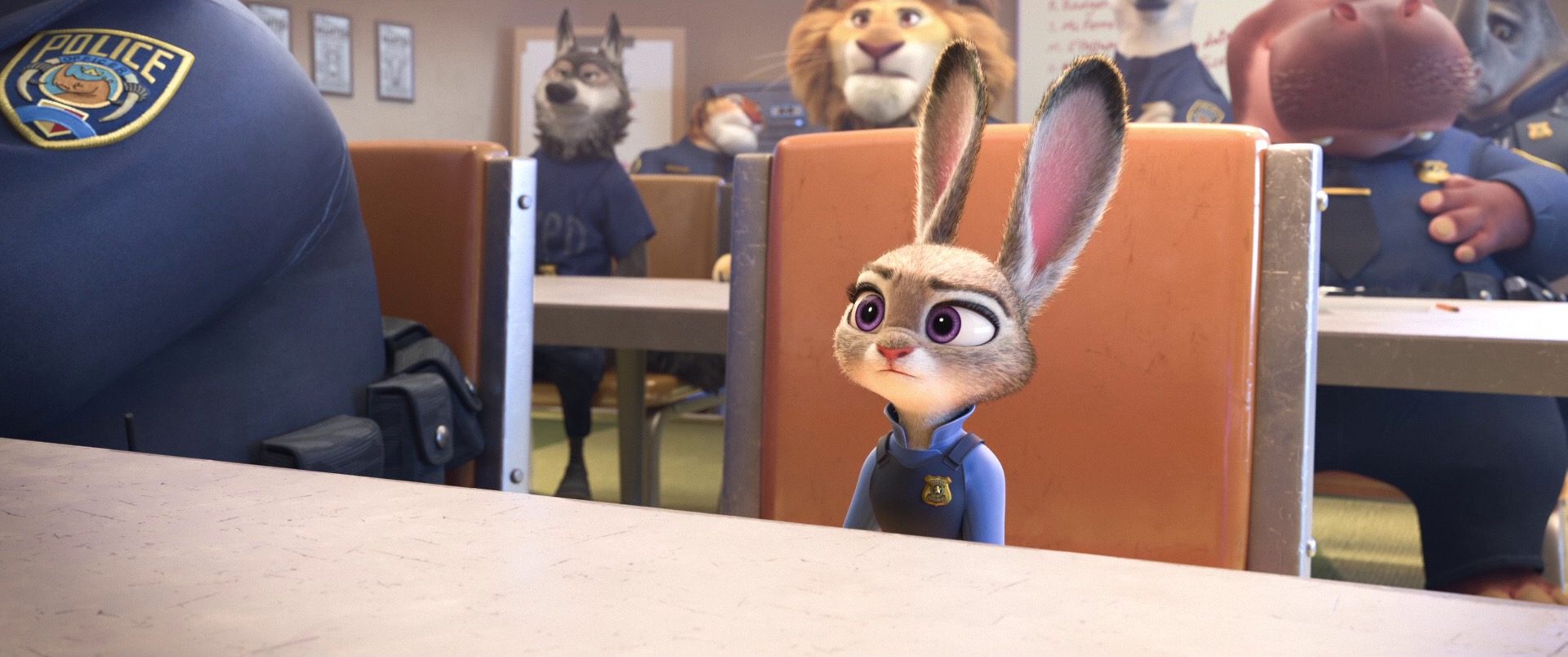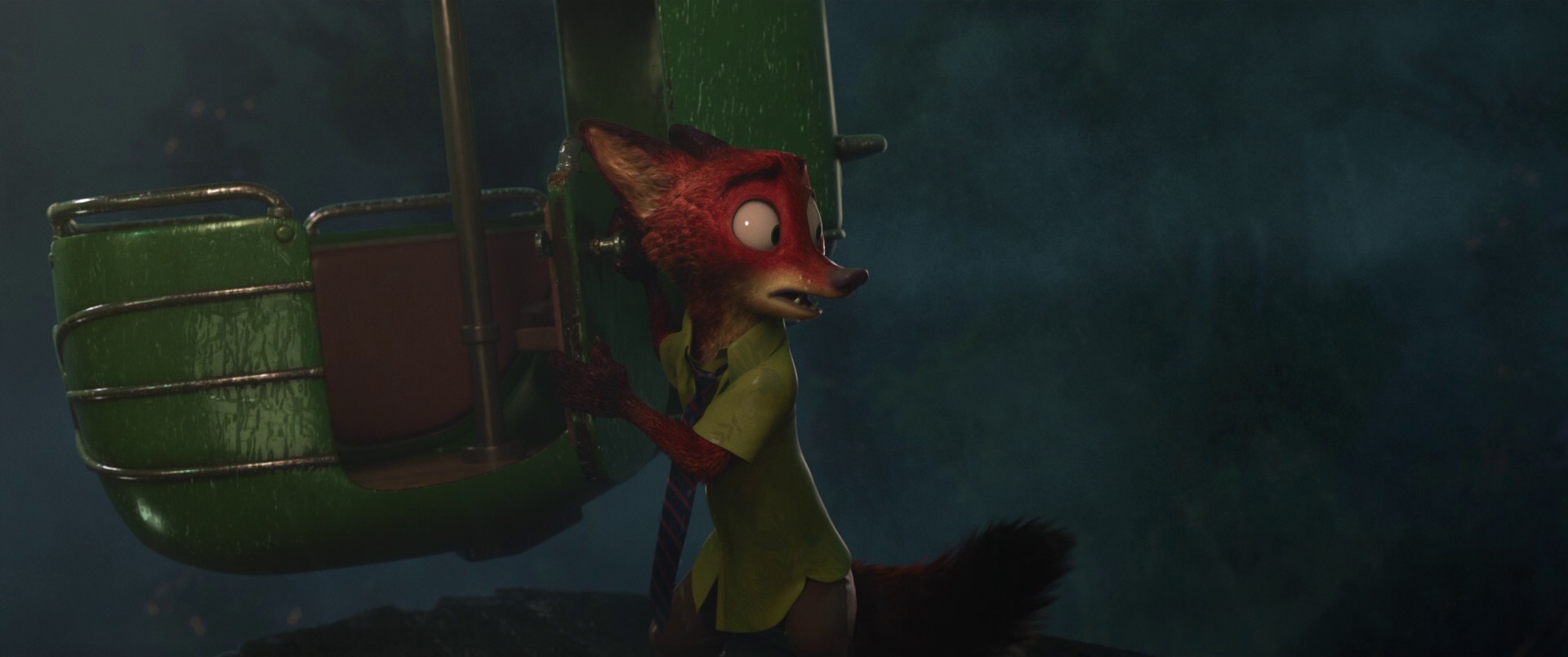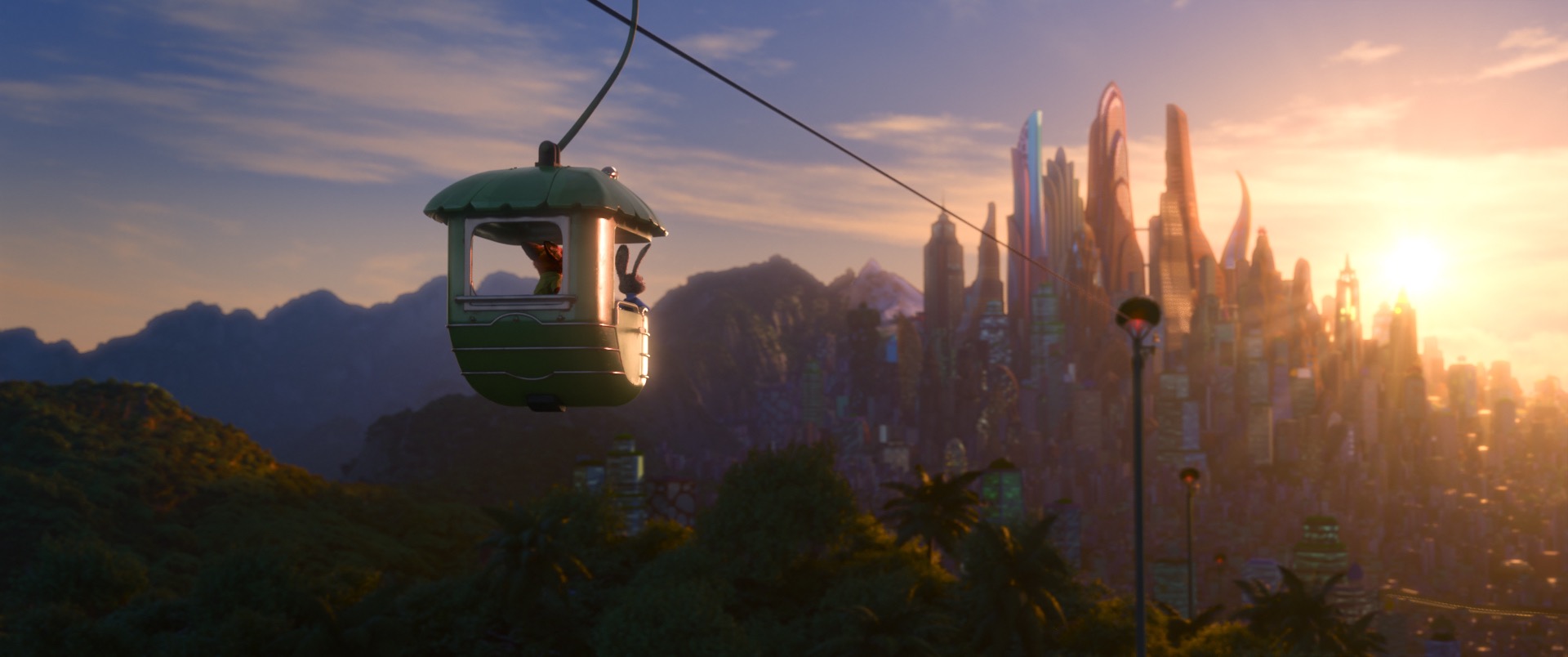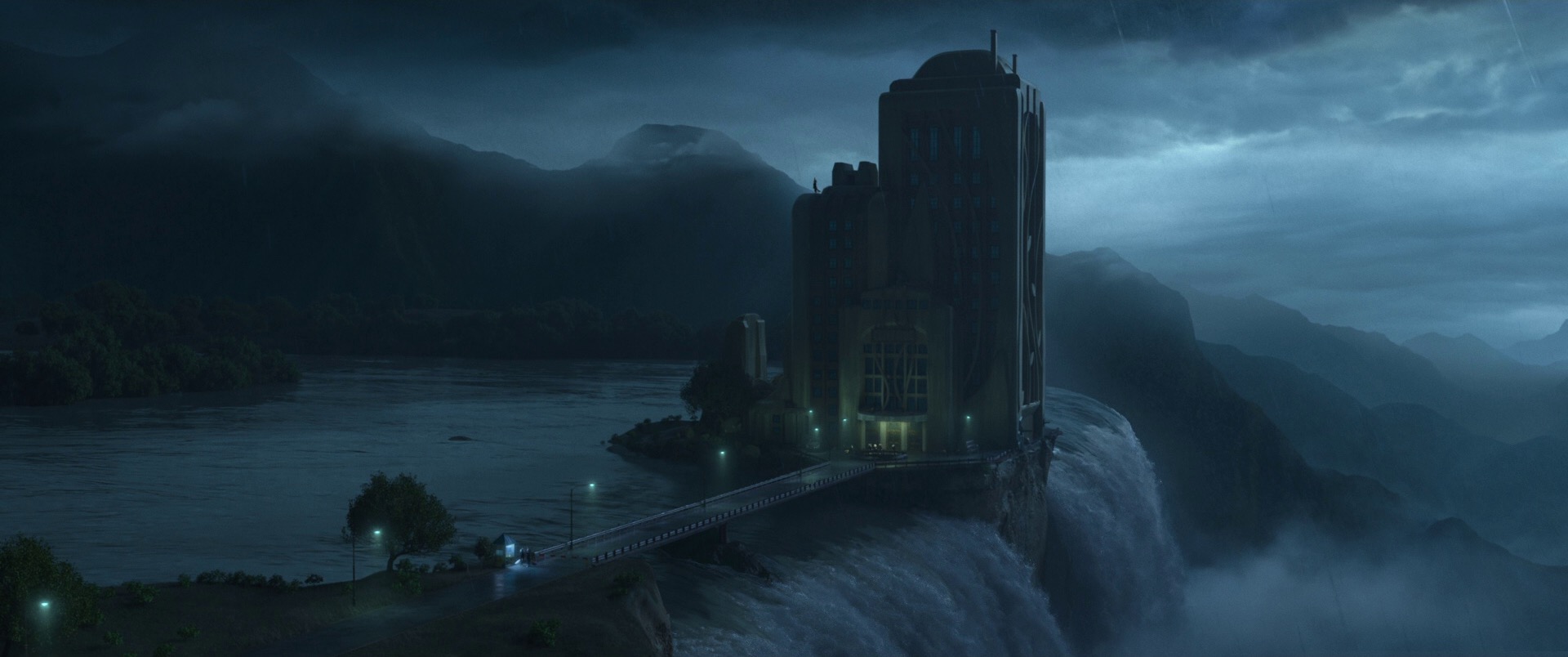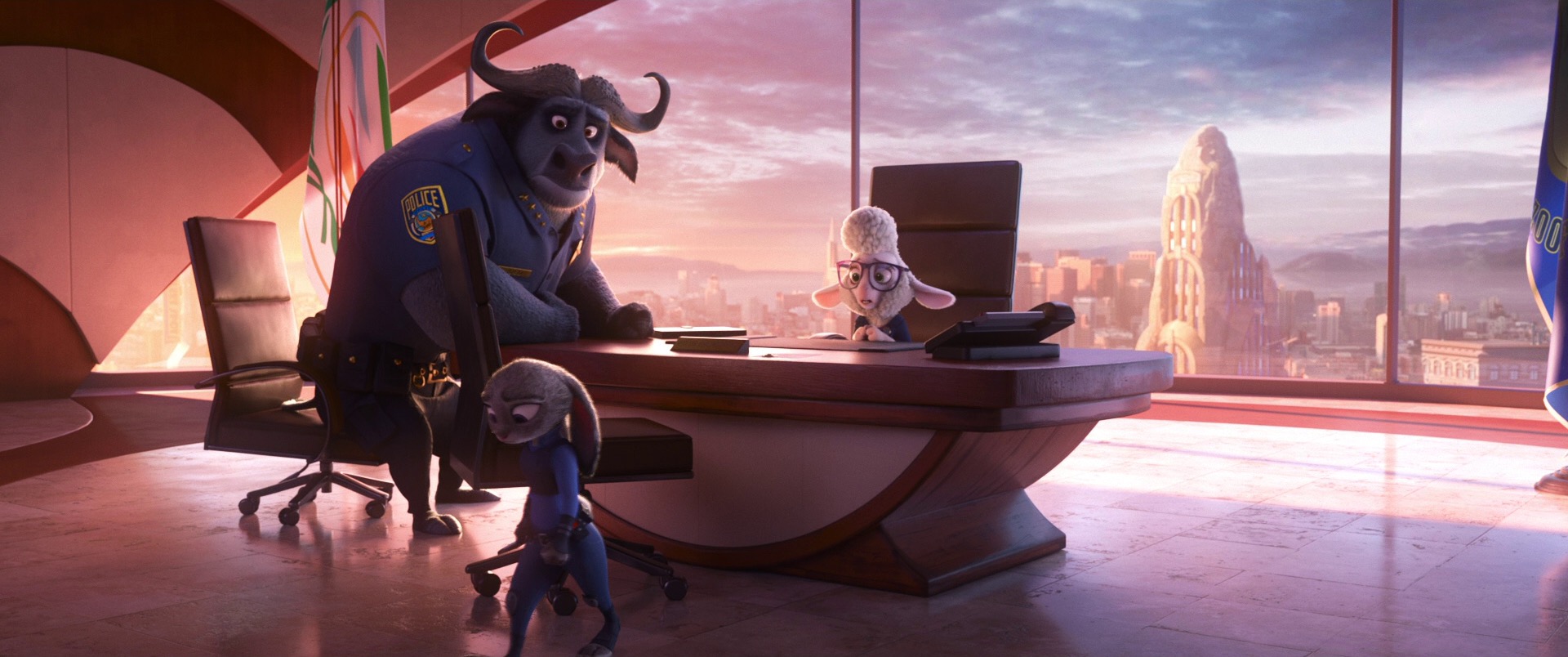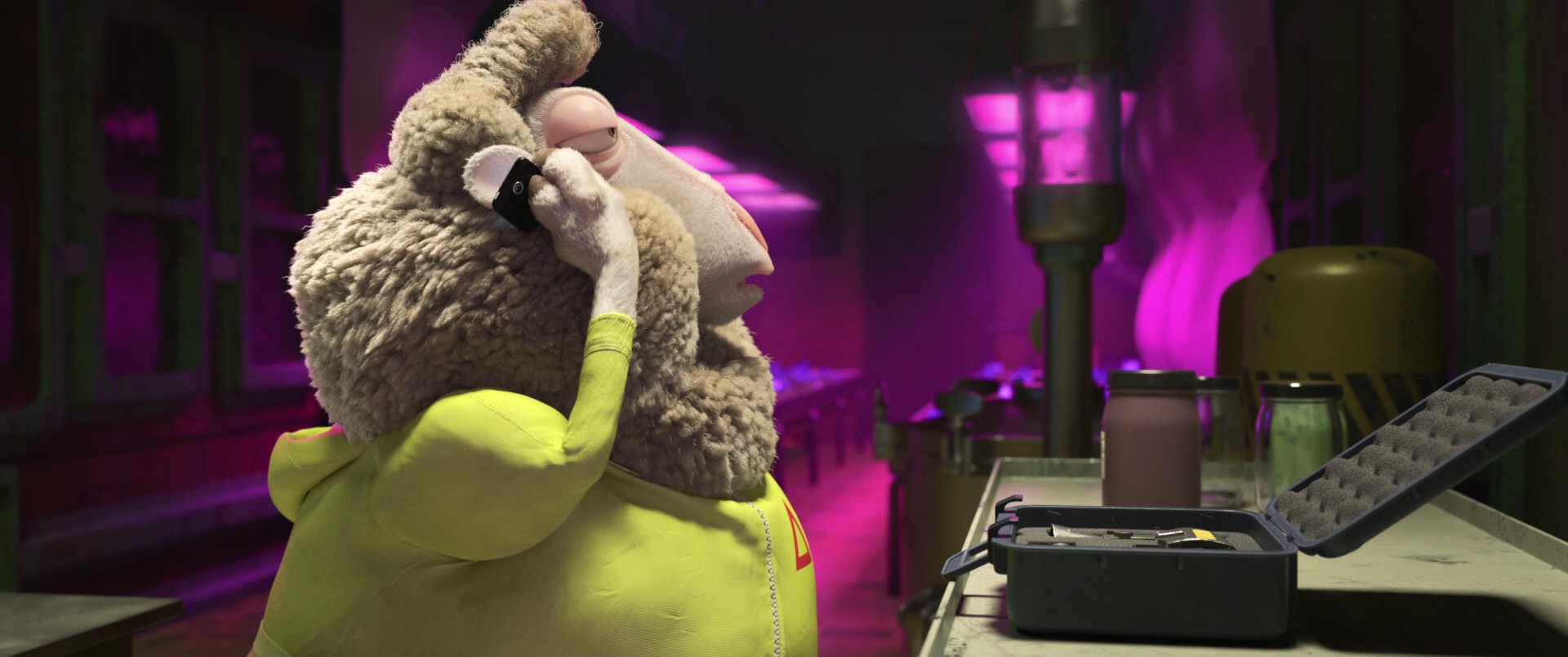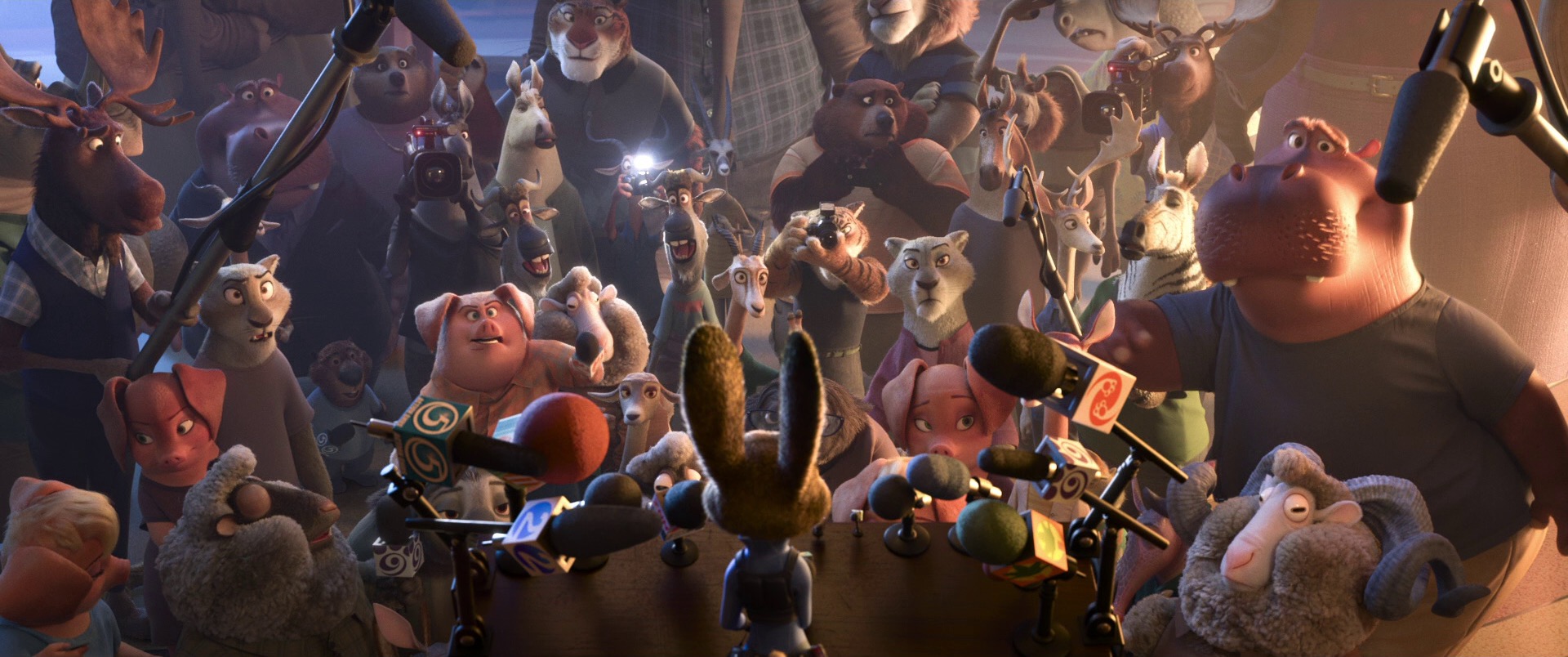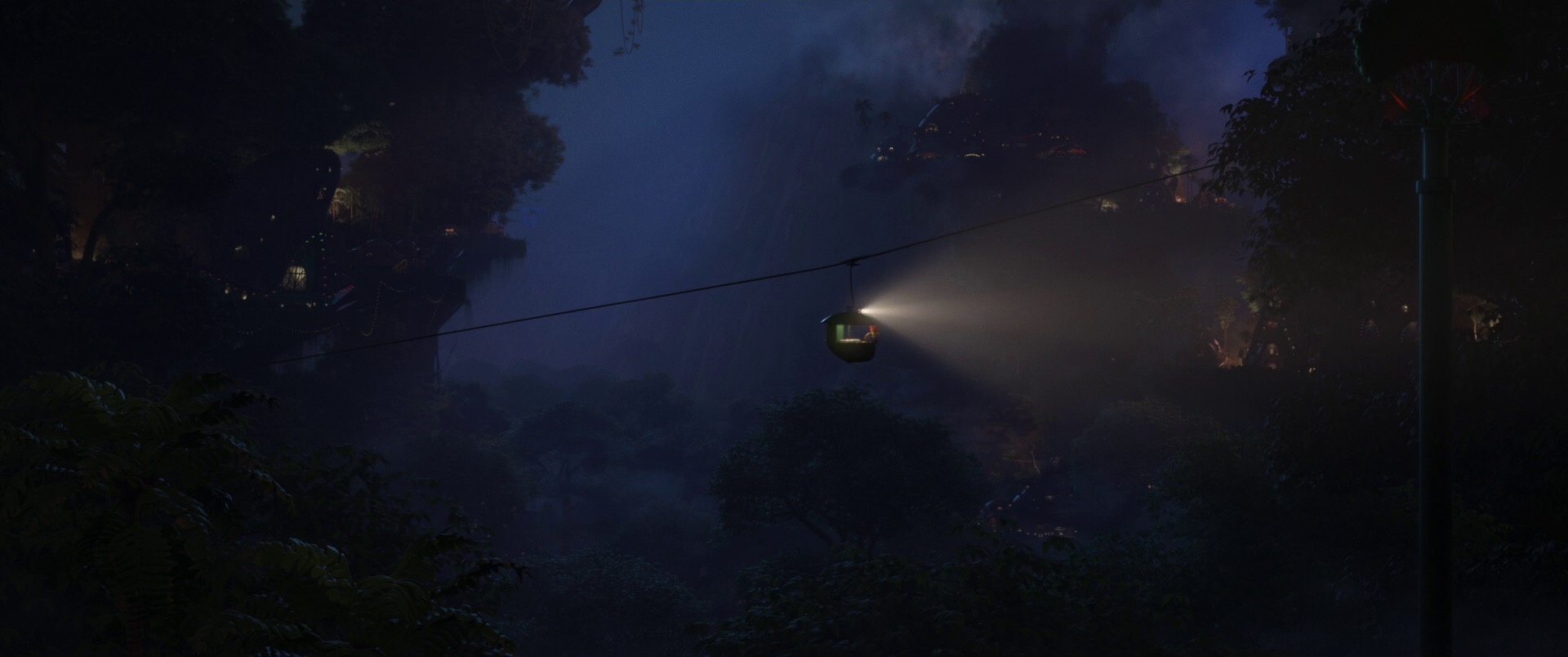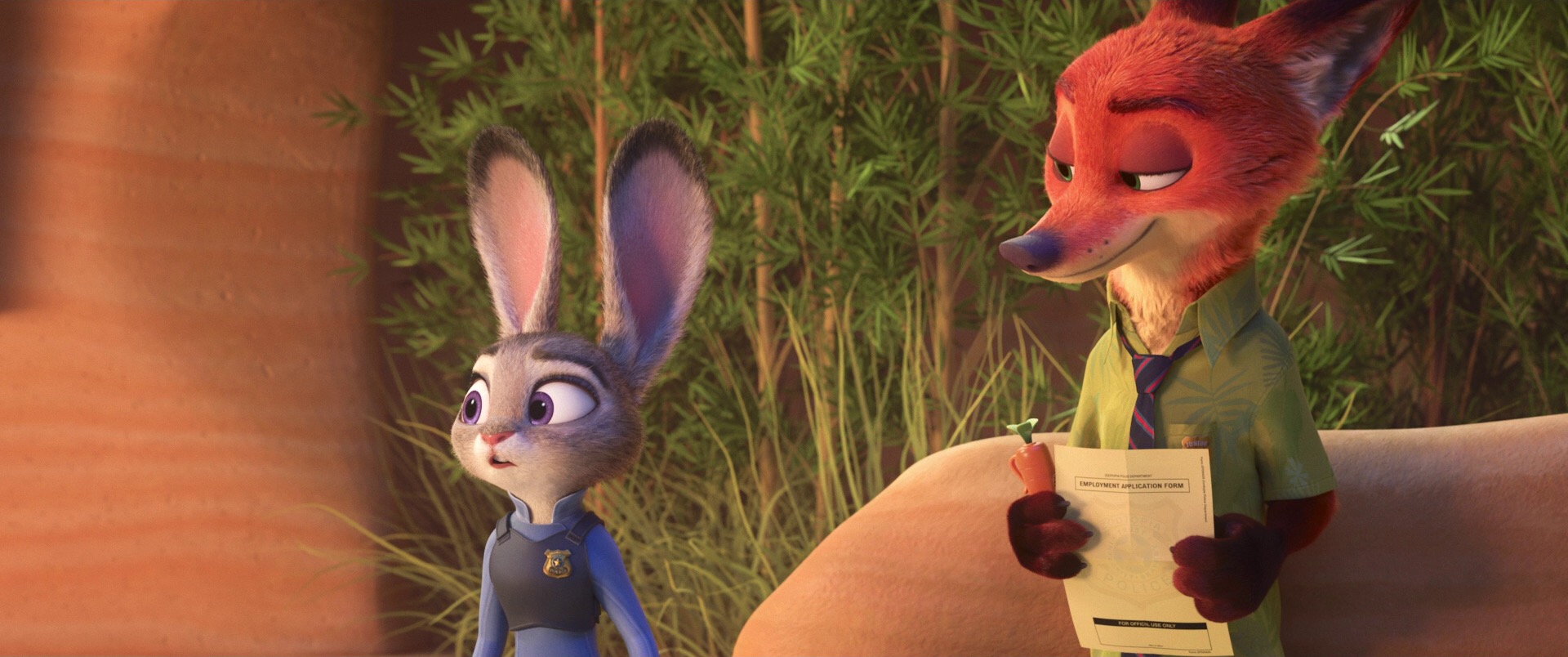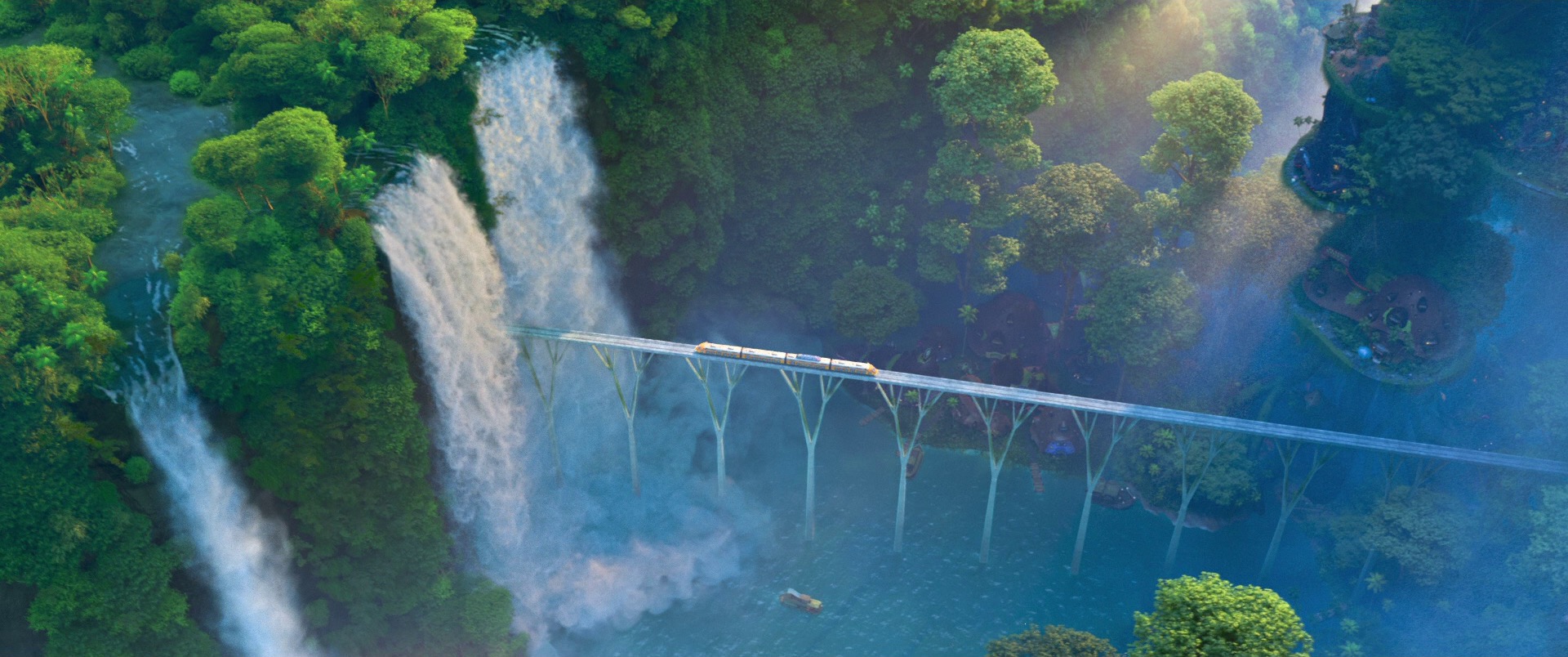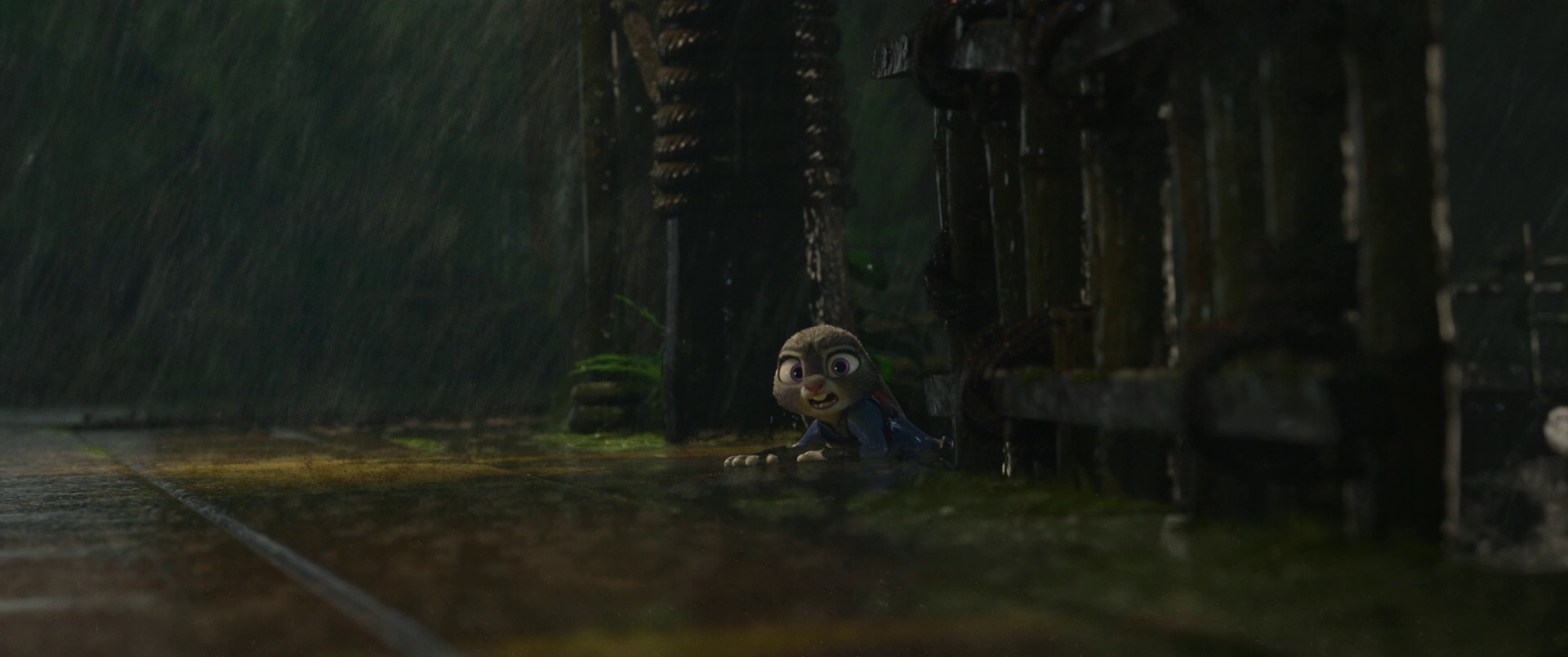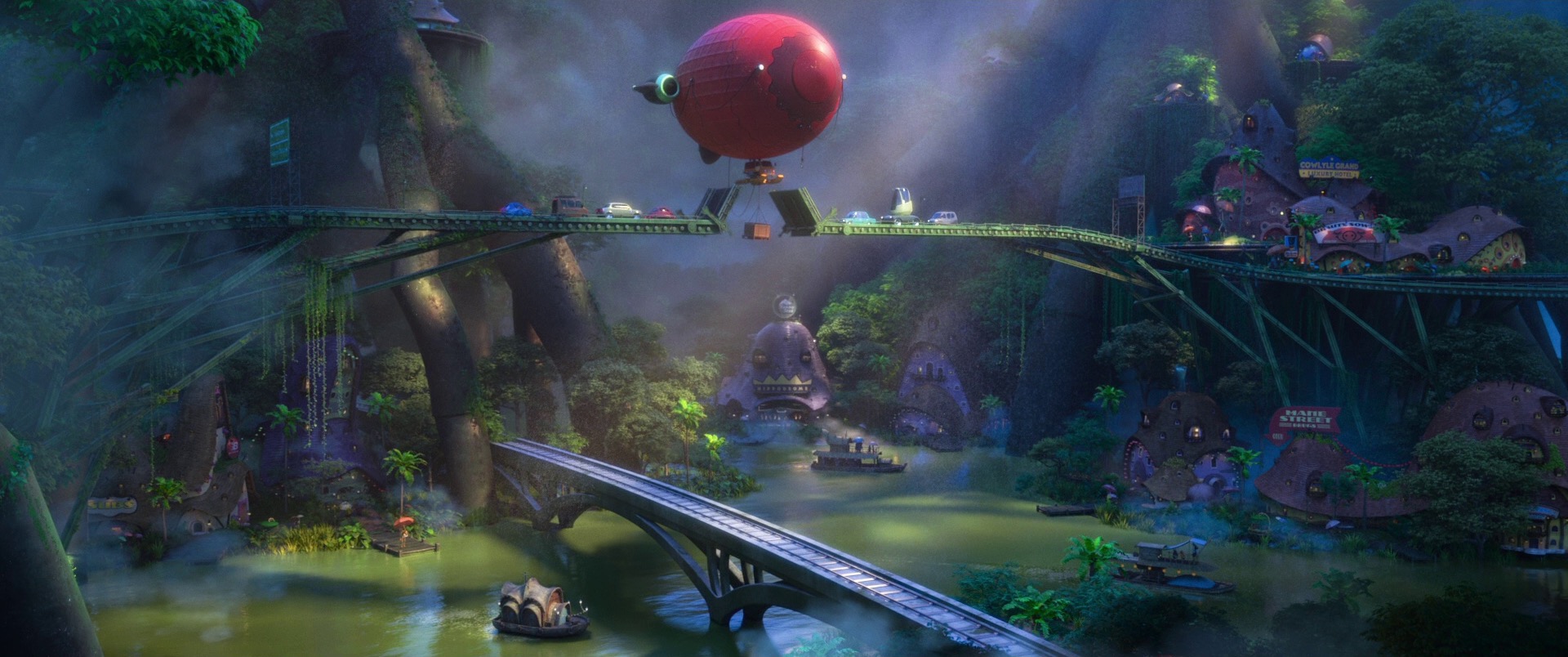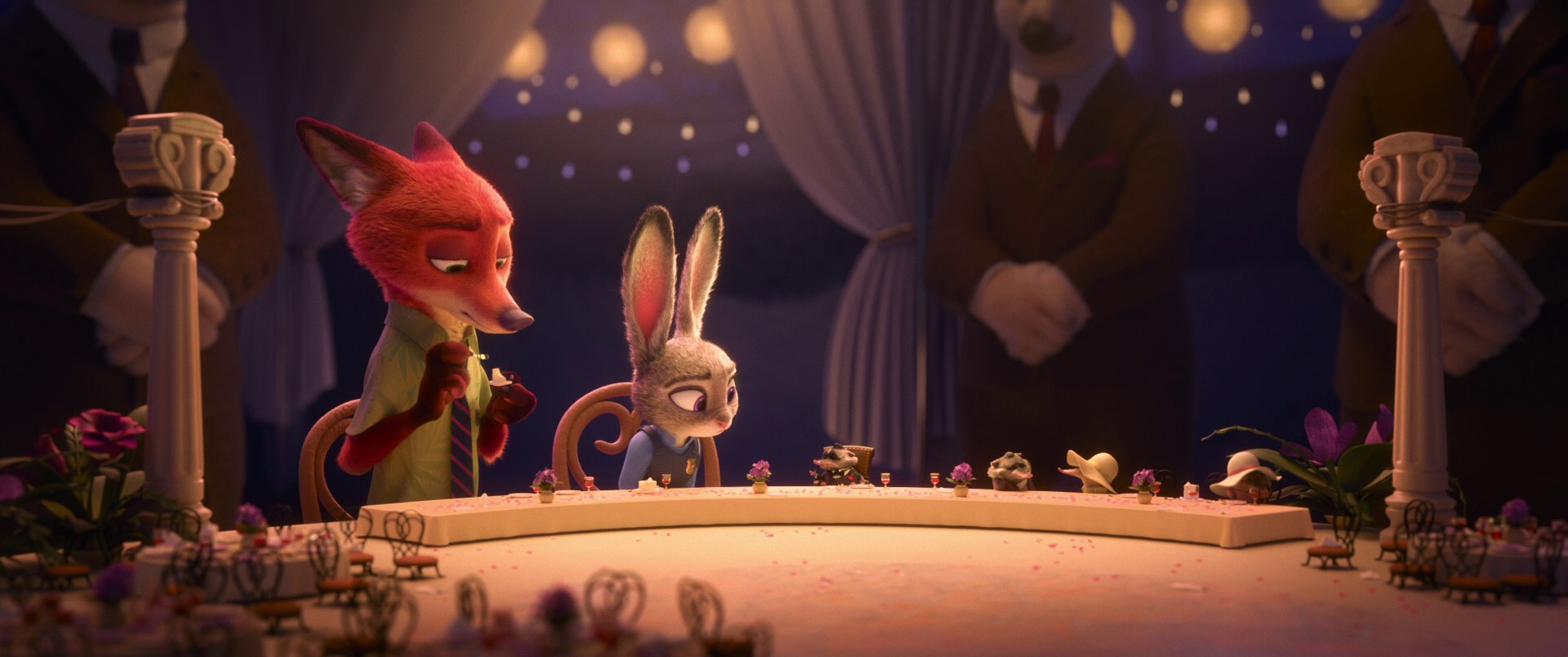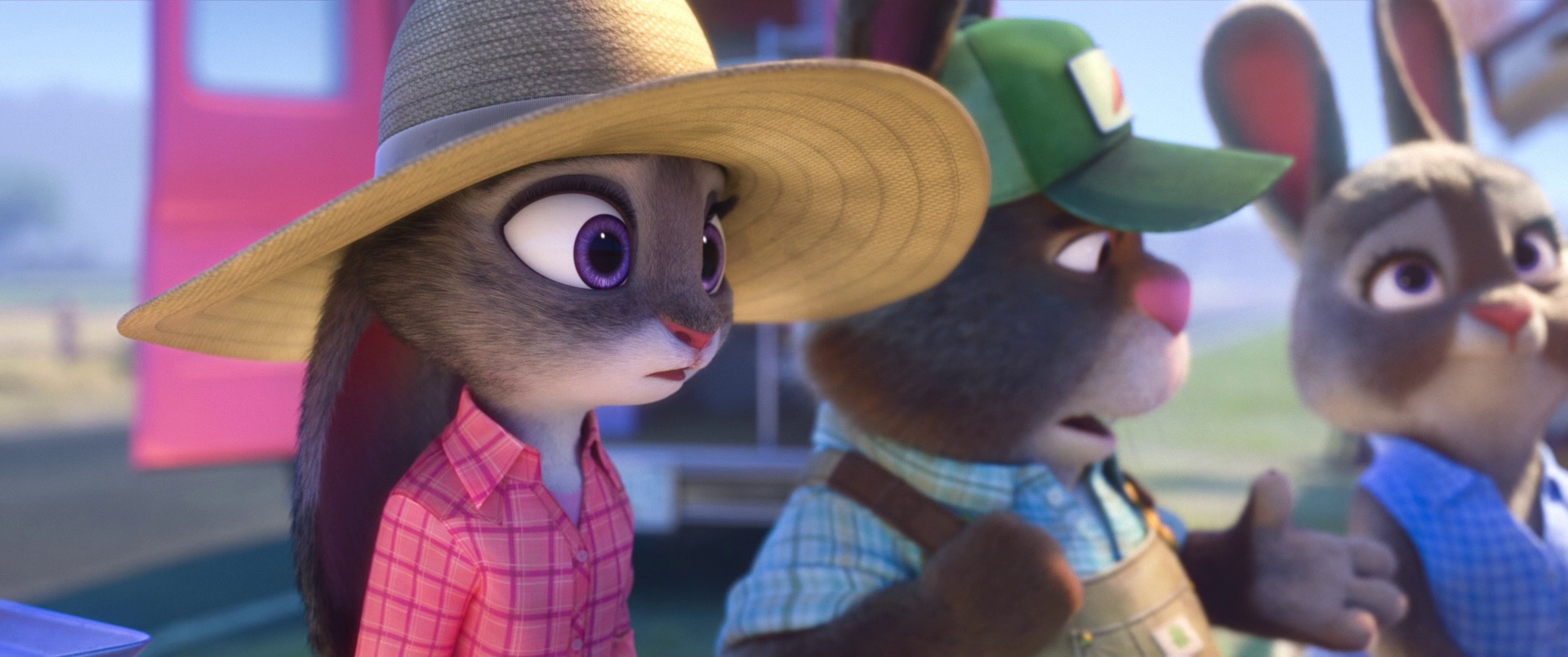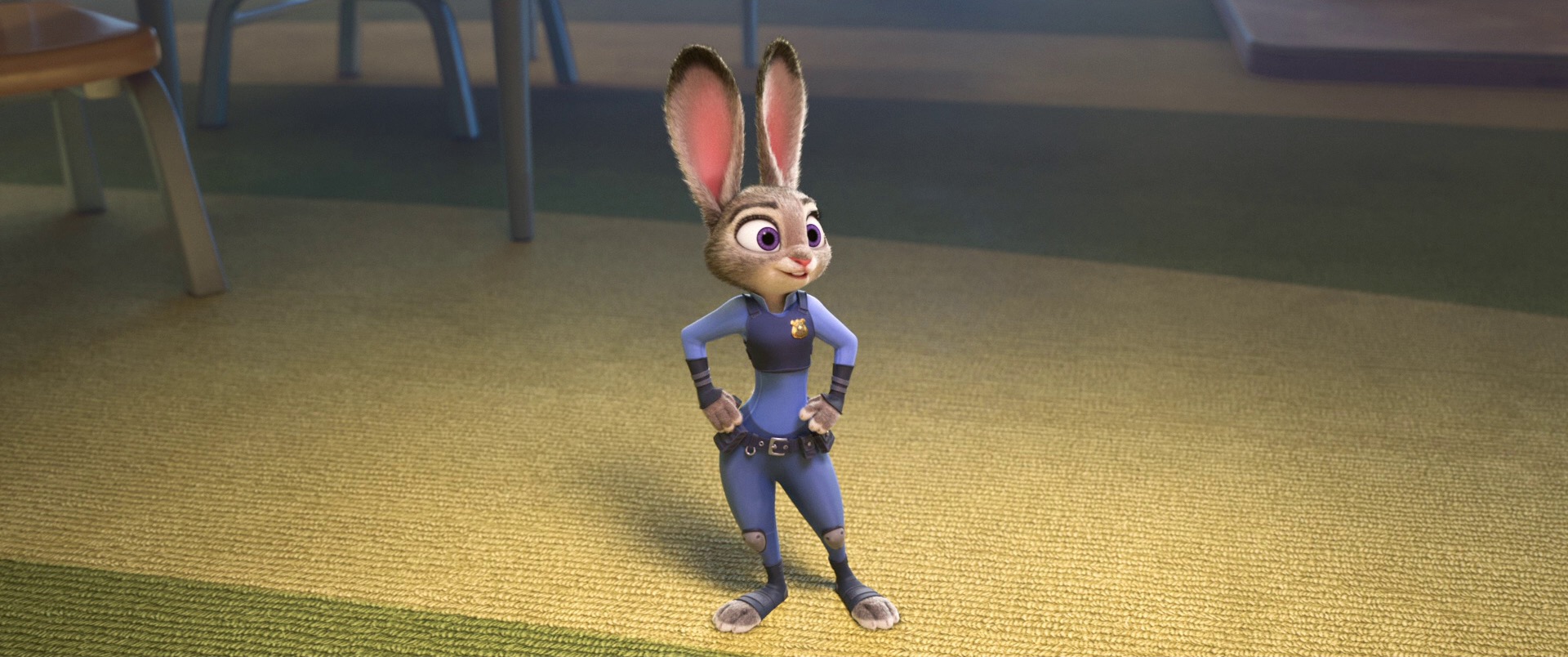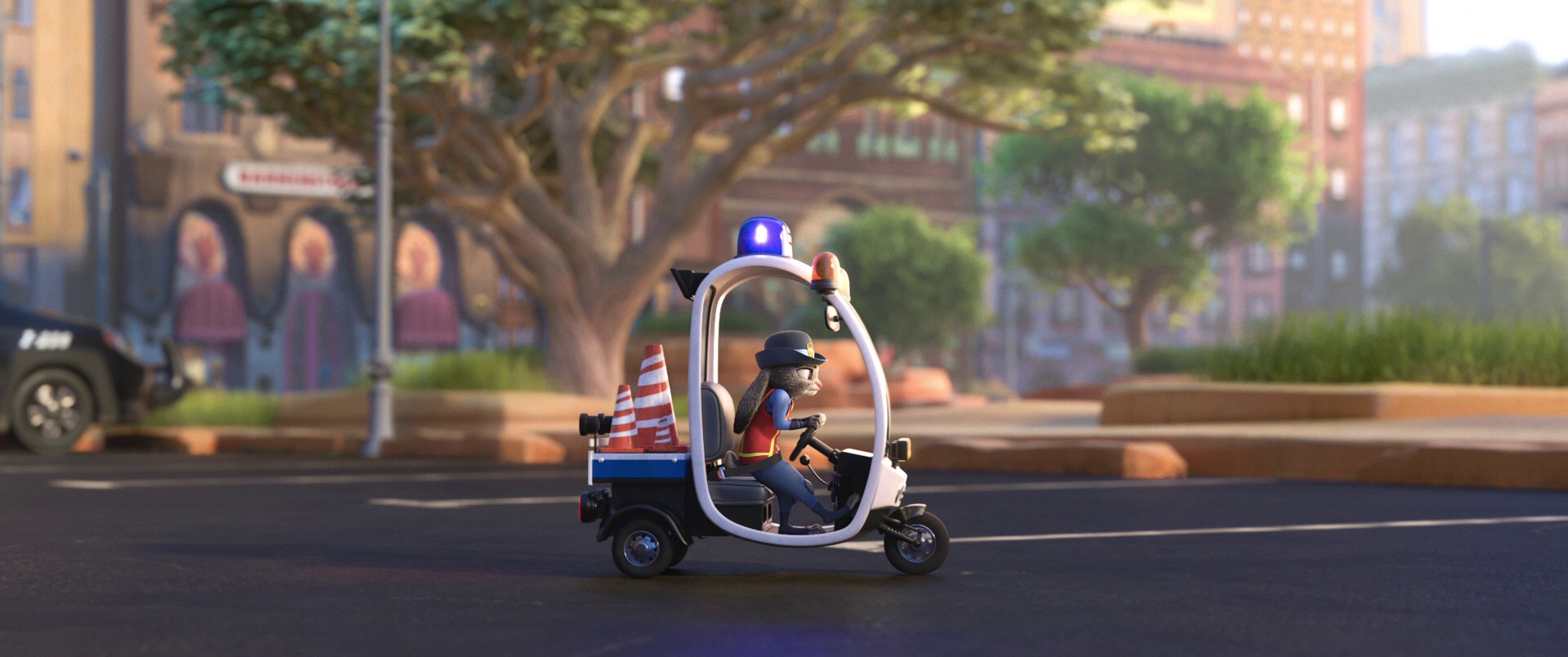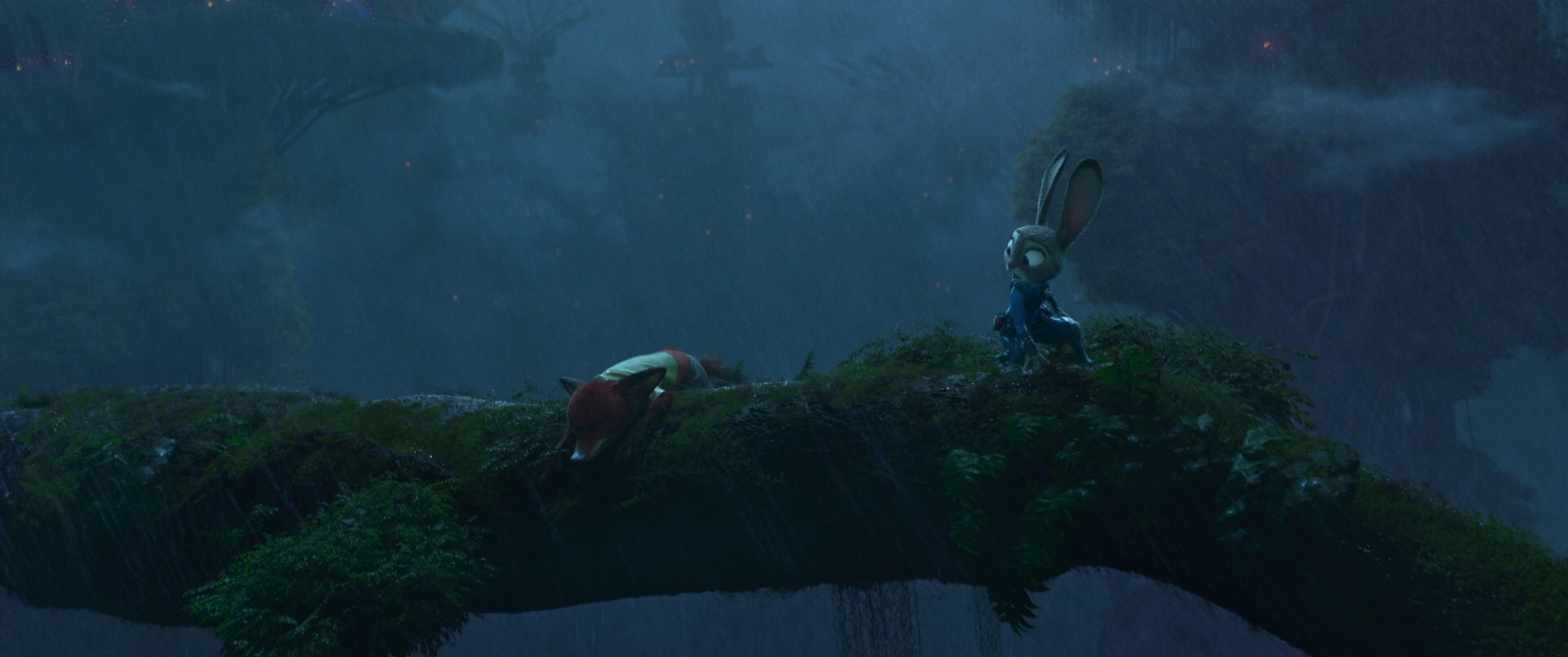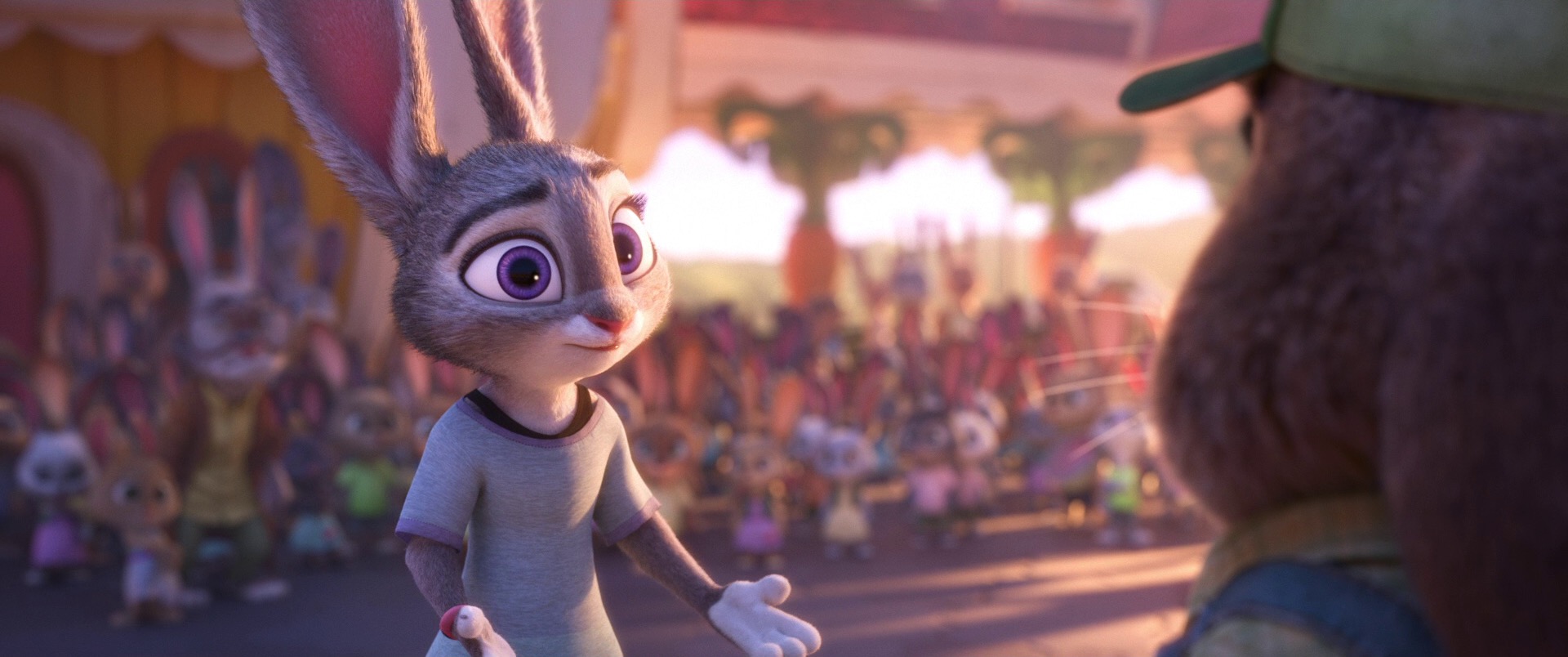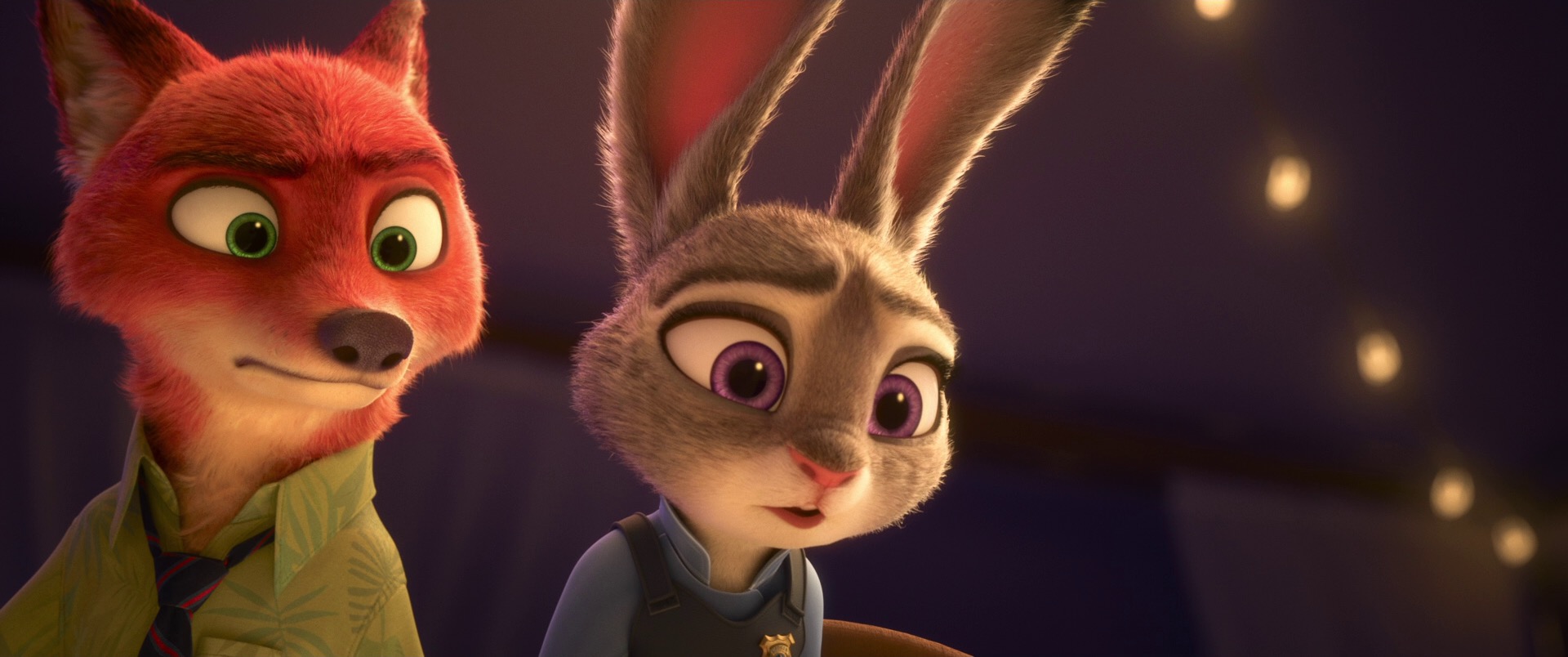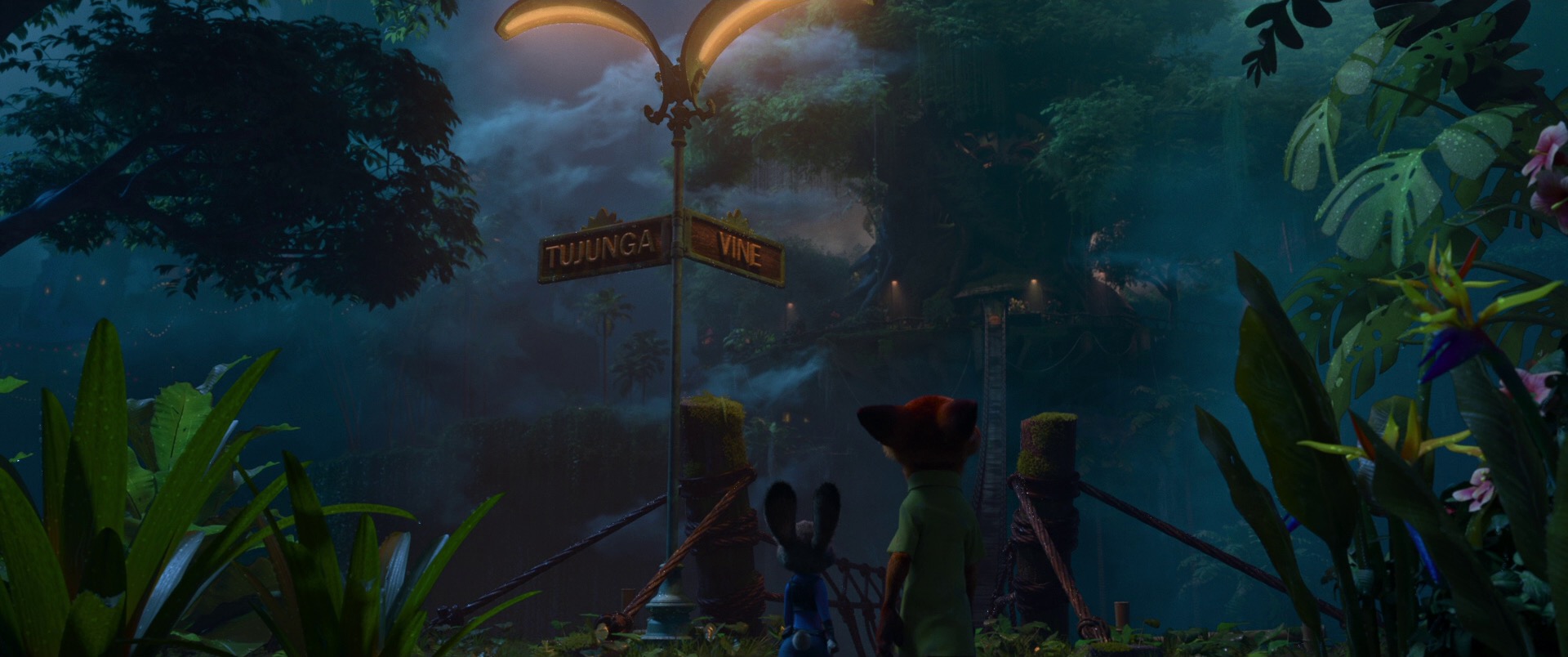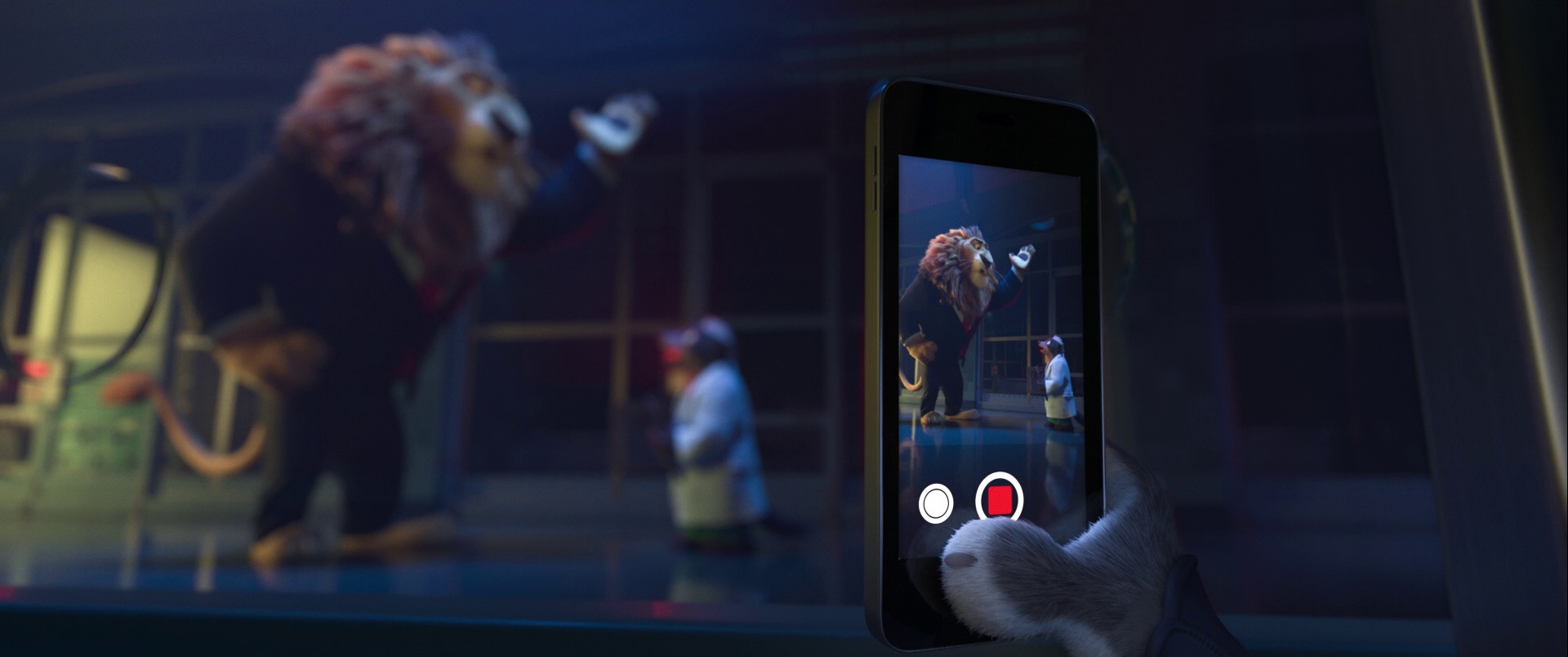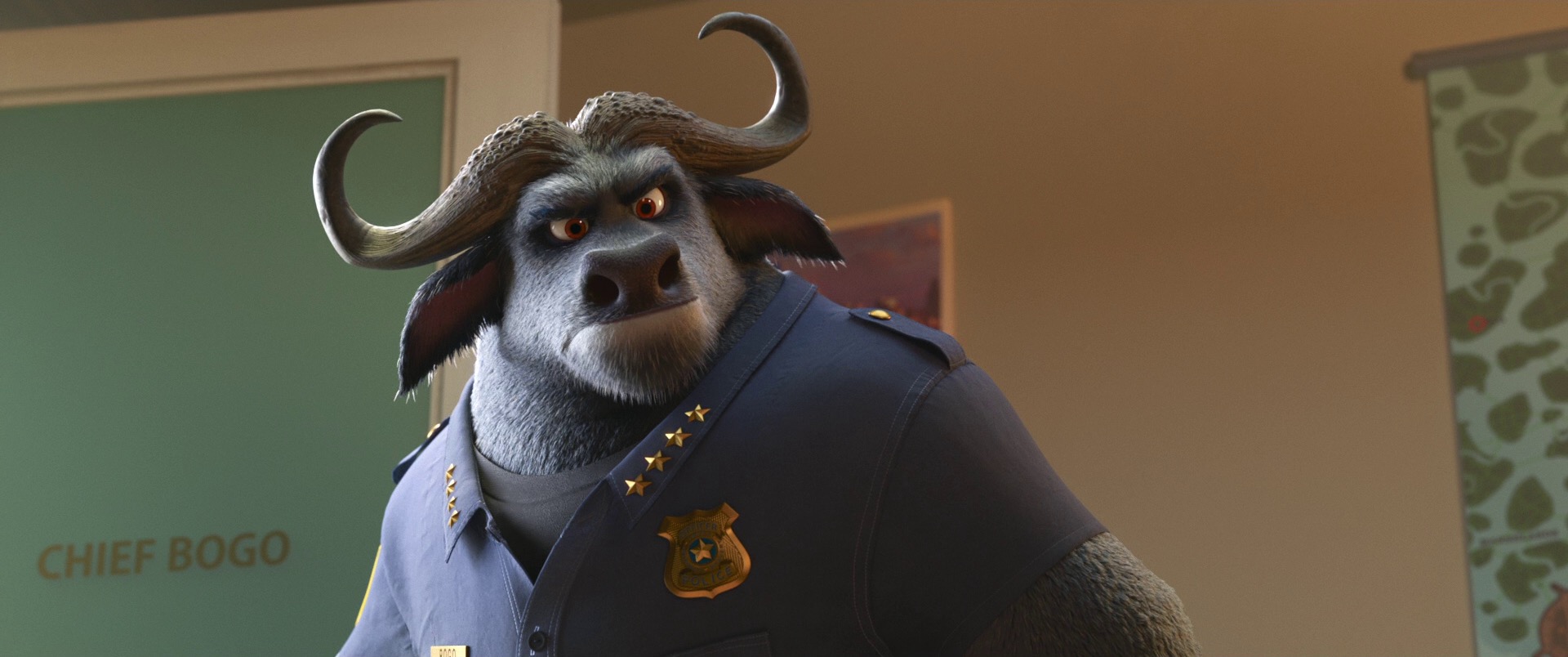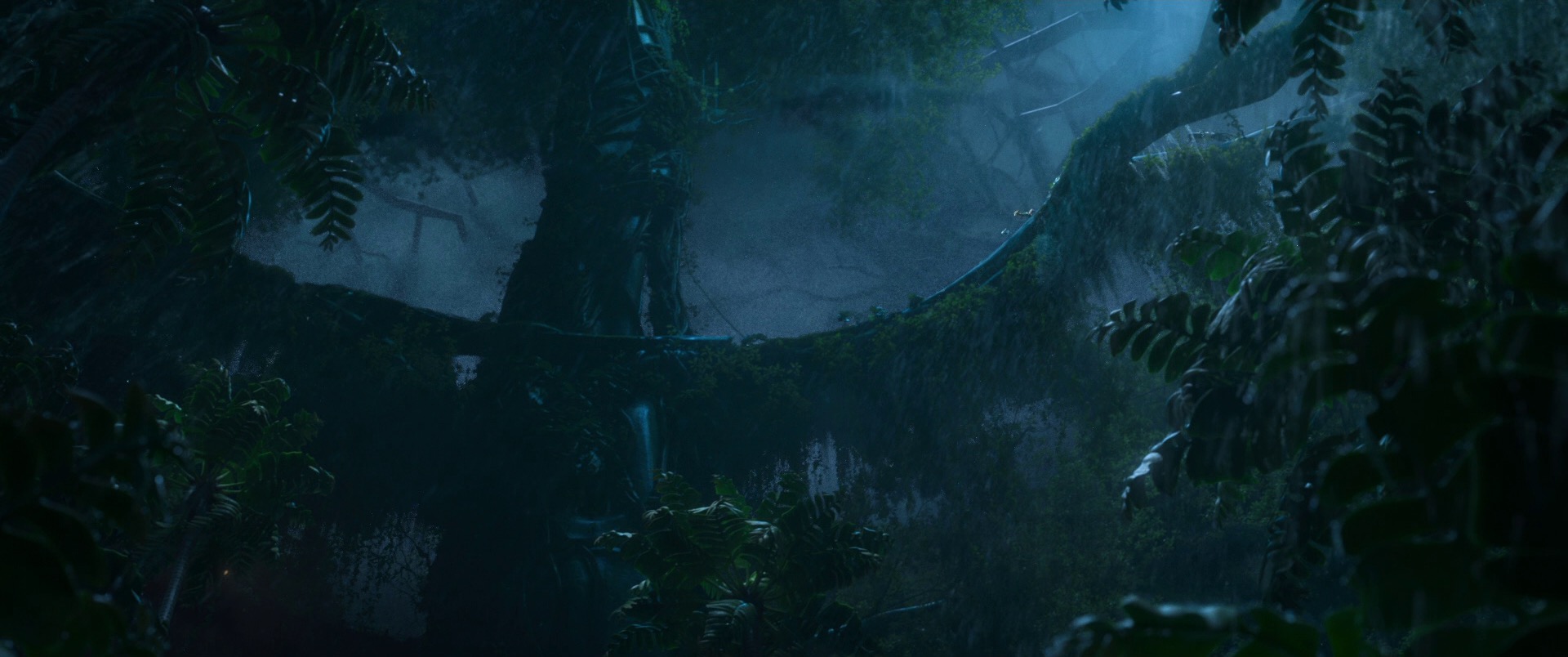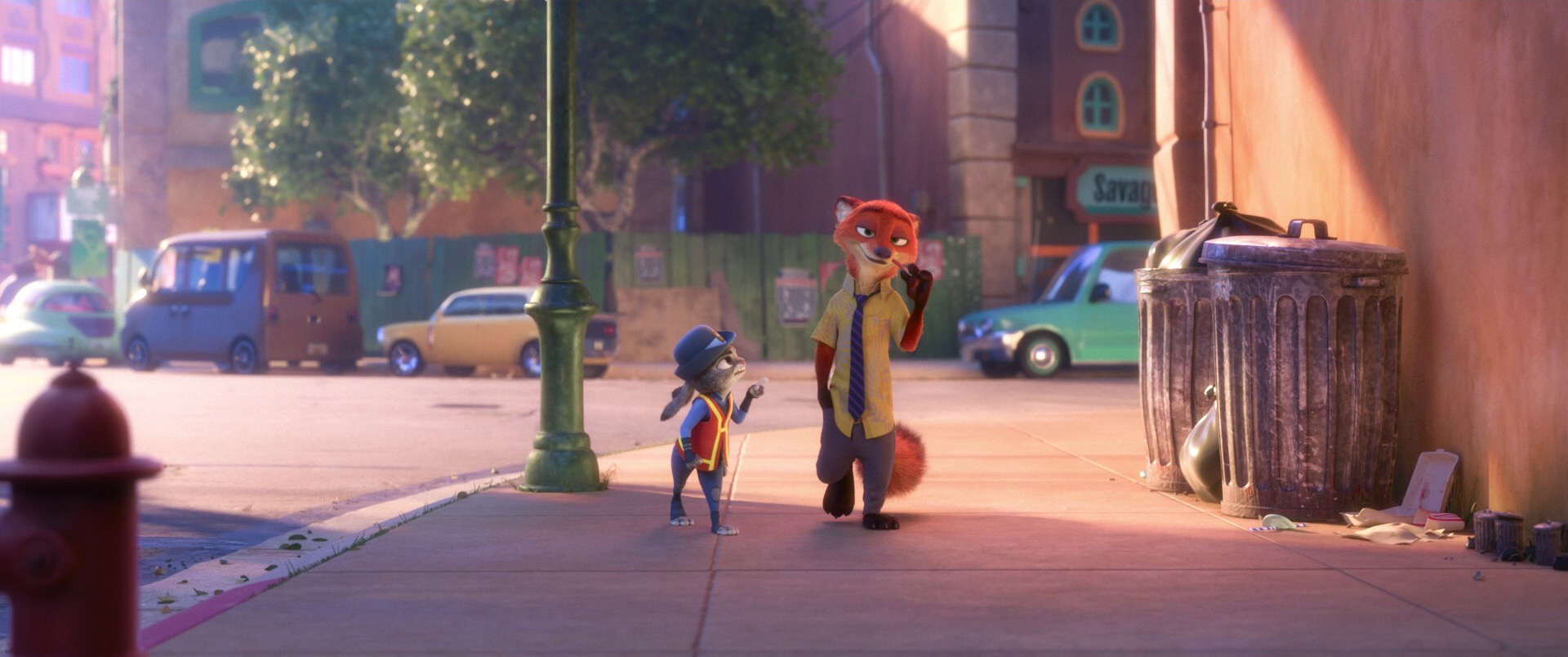Zootopia
Walt Disney Animation Studios’ newest film, Zootopia, will be releasing in the United States three weeks from today. I’ve been working at Walt Disney Animation Studios on the the core development team for Disney’s Hyperion Renderer since July of last year, and the release of Zootopia is really special for me; Zootopia is the first feature film I’ve worked on. My actual role on Zootopia was fairly limited; so far, I’ve been spending most of my time and effort on the version of Hyperion for our next film, Moana (coming out November of this year). On Zootopia I basically only did support and bugfixes for Zootopia’s version of Hyperion (and I actually don’t even have a credit in Zootopia, since I hadn’t been at the studio for very long when the credits were compiled). Nonetheless, I’m incredibly proud of all of the work and effort that has been put into Zootopia, and I consider myself very fortunate to have been able to play even a small role in making the film!
Zootopia is a striking film in every way. The story is fantastic and original and relevant, the characters are all incredibly appealing, the setting is fascinating and immensely clever, the music is wonderful. However, on this blog, we are more interested in the technical side of things; luckily, the film is just as unbelievable in its technology. Quite simply, Zootopia is a breathtakingly beautiful film. In the same way that Big Hero 6 was several orders of magnitude more complex and technically advanced than Frozen in every way, Zootopia represents yet another enormous leap over Big Hero 6 (which can be hard to believe, considering how gorgeous Big Hero 6 is).
The technical advances made on Zootopia are far beyond what I can go into detail here since I don’t think I can describe them in a way that does them justice, but I think I can safely say that Zootopia is the most technically advanced animated film ever made to date. The fur and cloth (and cloth on top of fur!) systems on Zootopia are beyond anything I’ve ever seen, the sets and environments are simply ludicrous in both detail and scale, and of course the shading and lighting and rendering are jaw-dropping. In a lot of ways, many of the technical challenges that had to be solved on Zootopia can be summarized in a single word: complexity. Enormous care had to be put into creating believable fur and integrating different furry characters into different environments [Burkhard et al. 2016], and the huge quantities of fur in the movie required developing new level-of-detail approaches [Palmer and Litaker 2016] to make the fur manageable on both the authoring and rendering sides. The sheer number of crowds characters in the film also required developing a new crowds workflow [El-Ali et al. 2016], again to make both authoring and rendering tractable, and the complex jungle environments seen throughout most of the film similarly required new approaches to procedural vegetation [Keim et al. 2016]. Complexity wasn’t just a problem on a large scale though; Zootopia is also incredible rich in the smaller details. Zootopia was the first movie that Disney Animation deployed a flesh simulation system on [Milne et al. 2016] in order to create convincing muscular movement under the skin and fur of the animal characters. Even individual effects such as scooping ice cream [Byun et al. 2016] sometimes required innovative new CG techniques. On the rendering side the Hyperion team developed a brand new BSDF for shading hair and fur [Chiang et al. 2016], with a specific focus on balencing artistic controllability, physical plausibility, and render efficiency. Disney isn’t paying me to write this on my personal blog, and I don’t write any of this to make myself look grand either. I played only a small role, and really the amazing quality of the film is a testament to the capabilities of the hundreds of artists that actually made the final frames. I’m deeply humbled to see what amazing things great artists can do with the tools that my team makes.
Okay, enough rambling. Here are some stills from the film, 100% rendered with Hyperion, of course. Go see the film; these images only scratch the surface in conveying how gorgeous the film is.
All images in this post are courtesy of and the property of Walt Disney Animation Studios.
References
Nicholas Burkard, Hans Keim, Brian Leach, Sean Palmer, Ernest J. Petti, and Michelle Robinson. 2016. From Armadillo to Zebra: Creating the Diverse Characters and World of Zootopia. In ACM SIGGRAPH 2016 Production Sessions. Aritcle 24.
Dong Joo Byun, James Mansfield, and Cesar Velazquez. 2016. Delicious Looking Ice Cream Effects with Non-Simulation Approaches. In ACM SIGGRAPH 2016 Talks. Article 25.
Matt Jen-Yuan Chiang, Benedikt Bitterli, Chuck Tappan, and Brent Burley. 2016. A Practical and Controllable Hair and Fur Model for Production Path Tracing. Computer Graphics Forum (Proc. of Eurographics) 35, 2 (May 2016), 275-283.
Moe El-Ali, Joyce Le Tong, Josh Richards, Tuan Nguyen, Alberto Luceño Ros, and Norman Moses Joseph. 2016. Zootopia Crowd Pipeline. In ACM SIGGRAPH 2016 Talks. Article 59.
Hans Keim, Maryann Simmons, Daniel Teece, and Jared Reisweber. 2016. Art-Directable Procedural Vegetation in Disney’s Zootopia. In ACM SIGGRAPH 2016 Talks. Article 18.
Andy Milne, Mark McLaughlin, Rasmus Tamstorf, Alexey Stomakhin, Nicholas Burkard, Mitch Counsell, Jesus Canal, David Komorowski, and Evan Goldberg. 2016. Flesh, Flab, and Fascia Simulation on Zootopia. In ACM SIGGRAPH 2016 Talks. Article 34.
Sean Palmer and Kendall Litaker. 2016. Artist Friendly Level-of-Detail in a Fur-Filled World. In ACM SIGGRAPH 2016 Talks. Article 32.
